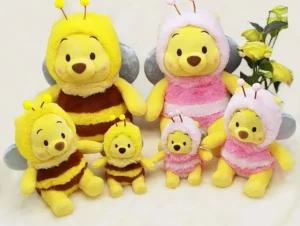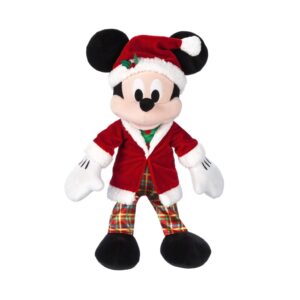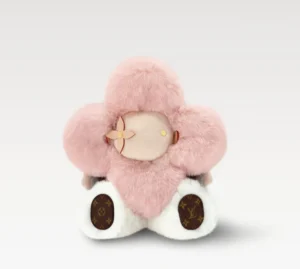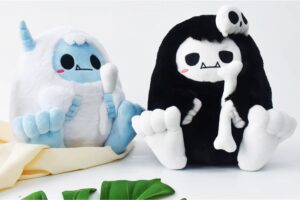Stuffed animals have long been a beloved part of childhood, but today, many people call them “plushies.” This shift in terminology reflects changes in design, culture, and marketing.
The term “plushie” emerged from the plush fabric used in making soft toys and gained popularity as the toys evolved. Plushies emphasize cuteness, customization, and emotional connection, distinguishing them from traditional stuffed animals.
Let’s explore why stuffed animals are now called plushies and what this means for the industry.
1.What is the origin of the term “plushie” in the toy industry?
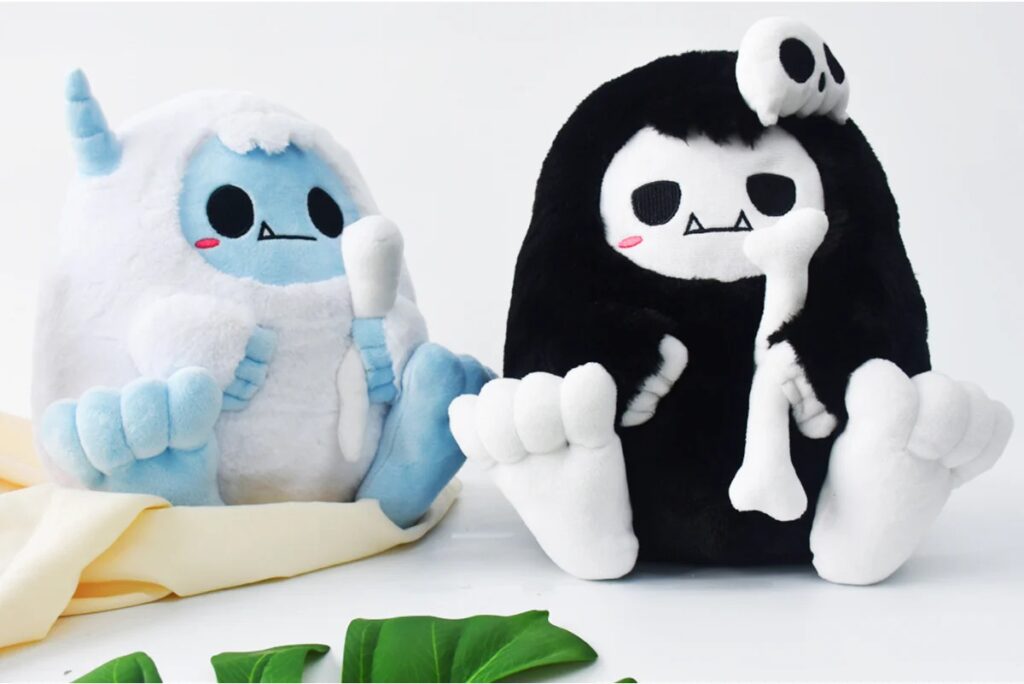
“Plushie” is derived from “plush,” the soft, velvet-like fabric used to create these toys. As plush toys became popular, the affectionate nickname “plushie” arose to describe these cuddly companions.
The term originally emphasized the fabric’s softness but grew to signify a specific style of stuffed toy that’s extra cute, small, and often collectible.
- Plush fabric first appeared in the early 20th century as a luxury textile.
- Early stuffed animals were often called “plush toys” due to this fabric.
- “Plushie” became a casual, affectionate nickname among collectors and fans.
- Over time, “plushie” shifted from fabric focus to describe a style of toy.
| Term Origin | Timeline | Meaning Evolution |
|---|---|---|
| Plush fabric | Early 1900s | Soft textile for toys |
| Plush toys | Mid 1900s | Stuffed animals made of plush |
| Plushie | Late 20th century onwards | Cute, collectible plush toys |
The term reflects both material and cultural changes.
2.How has the evolution of stuffed animals influenced the use of “plushie”?
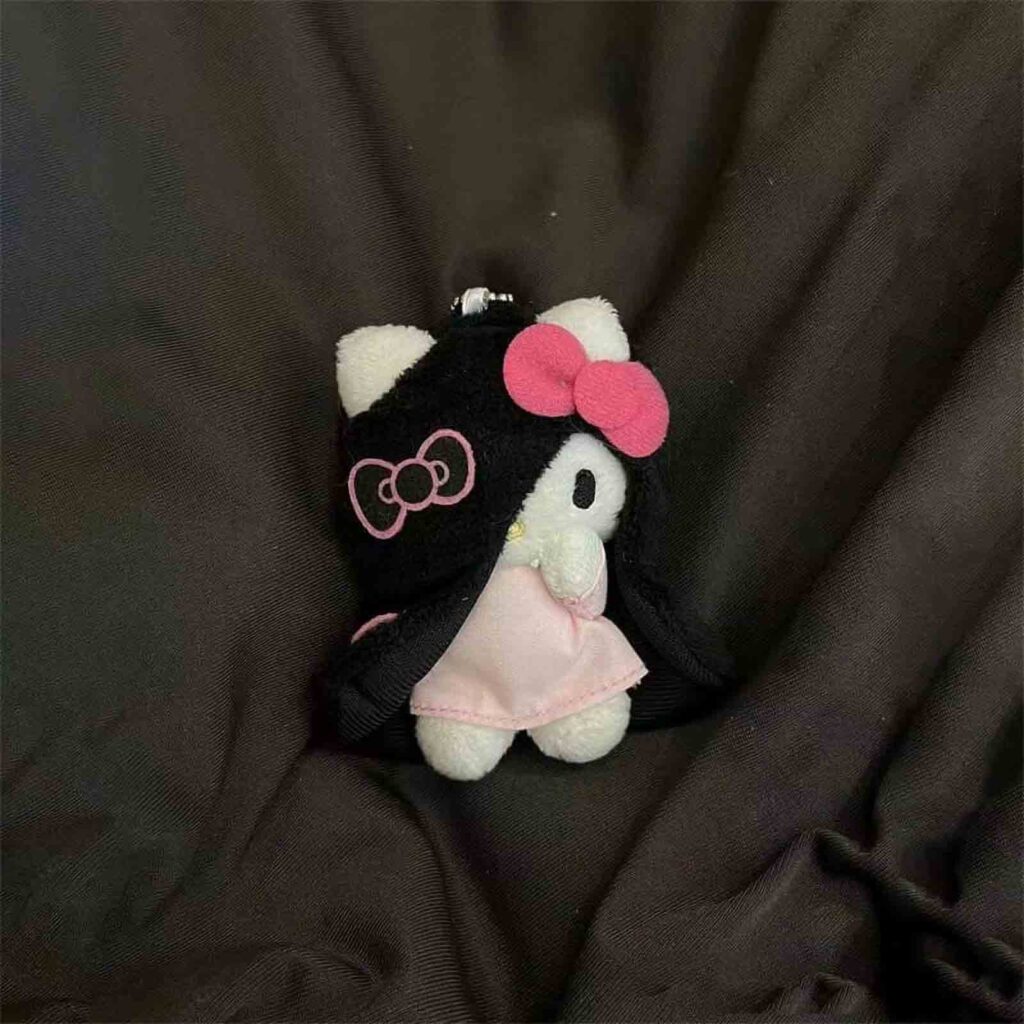
Stuffed animals have evolved from simple, often large toys to smaller, highly detailed, and personalized plushies. This transformation made “plushie” a fitting term for the new generation of soft toys.
Plushies emphasize design variety, expressiveness, and often incorporate fandom or cultural themes, contrasting with older, generic stuffed animals.
- Early stuffed animals prioritized durability and general shapes.
- Modern plushies focus on uniqueness, emotion, and collectibility.
- Advances in manufacturing allow for diverse designs and materials.
- Plushies often feature embroidery, themed costumes, or interactive elements.
| Feature | Traditional Stuffed Animals | Plushies |
|---|---|---|
| Size | Often large | Usually small to medium |
| Design | Generic animal shapes | Detailed, character-driven |
| Customization | Limited | Extensive (colors, themes) |
| Market | Mass-market | Niche, fandom, collector |
This evolution changed how consumers see and name these toys.
3.Which cultural and marketing factors popularized the term “plushie”?
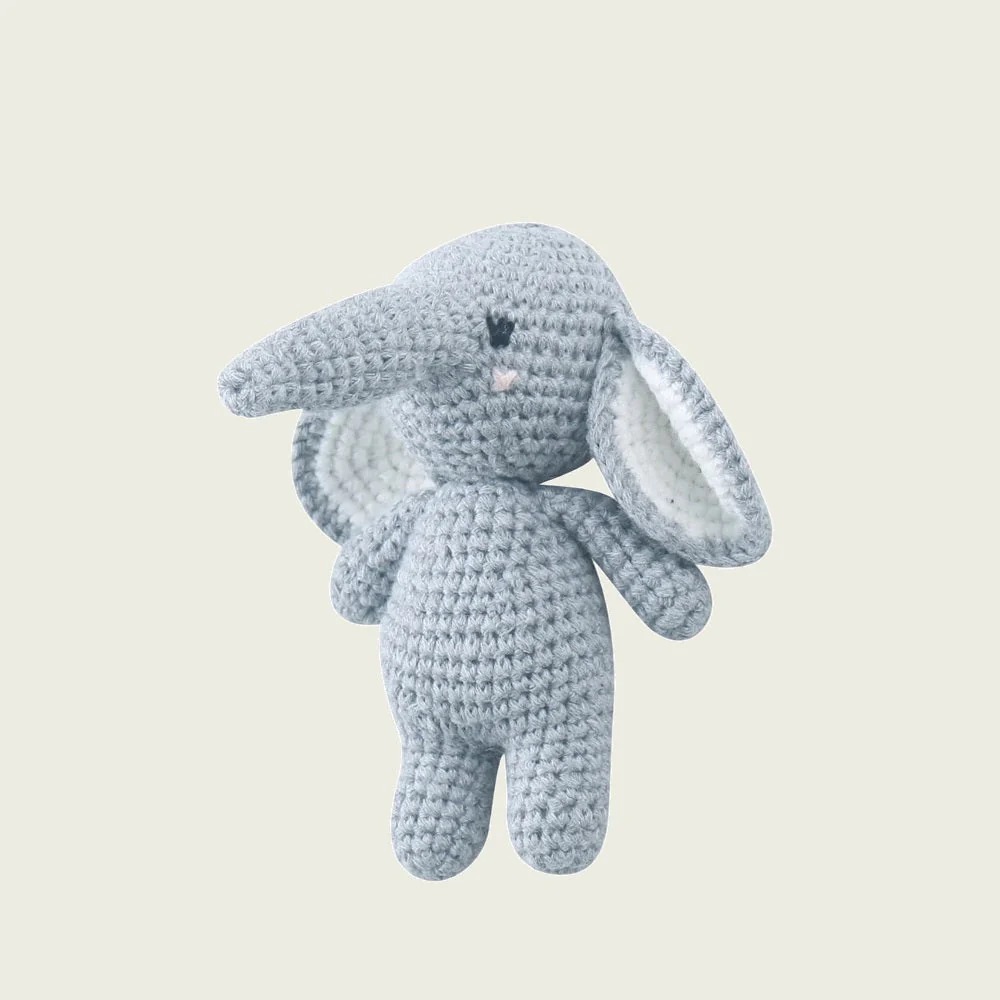
Anime, K-pop, and internet culture have popularized plushies as collectibles and cute companions, especially among young adults and online communities.
Marketing strategies highlighting cuteness, personalization, and social media sharing boosted “plushie” as the preferred term for these trendy toys.
- Japanese kawaii culture embraces plushies as symbols of cuteness.
- Social media influencers showcase plushies, increasing demand.
- Marketing campaigns use “plushie” to appeal to younger, trend-savvy buyers.
- Plushies tie into fandoms and lifestyle branding.
| Cultural Factor | Marketing Effect | Consumer Behavior |
|---|---|---|
| Kawaii culture | Emphasizes cuteness | Increased plushie appeal |
| Social media | Amplifies trends | Viral sharing and collecting |
| Fandom culture | Custom themed plushies | Niche market growth |
| Lifestyle branding | Emotional connection focus | Brand loyalty |
These factors fueled the plushie phenomenon worldwide.
4.How do plushies differ from traditional stuffed animals in design and appeal?
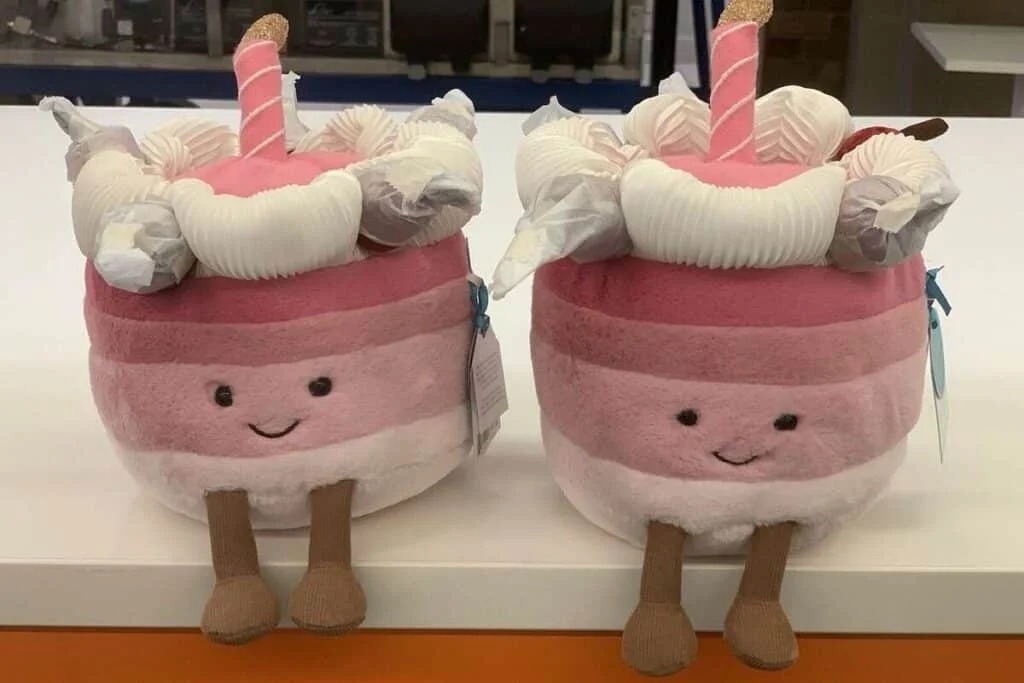
Plushies typically have softer, more varied textures, expressive faces, and often smaller, collectible sizes. They evoke a sense of personality and warmth that traditional stuffed animals may lack.
The appeal lies in their charm, detailed craftsmanship, and ability to connect emotionally with owners, making them more than just toys—companions and collectibles.
- Texture: Plushies use a mix of fabrics for tactile interest.
- Expression: Embroidered or sculpted faces show emotion.
- Size: Smaller, more portable for display or carrying.
- Customization: Plushies often tailored for fandoms or events.
| Attribute | Traditional Stuffed Animals | Plushies |
|---|---|---|
| Texture | Uniform fabric | Multi-textured |
| Facial features | Simple plastic eyes | Expressive embroidery |
| Size | Large | Small to medium |
| Customization | Rare | Common |
These qualities make plushies especially popular among collectors.
5.What role do online communities and social media play in the plushie trend?

Online forums, Instagram, TikTok, and YouTube have created vibrant plushie communities that share photos, tips, and custom designs, fueling interest and demand.
These platforms spread awareness, encourage customization, and create a sense of belonging, making plushies a cultural and social phenomenon.
- User-generated content: Photos and videos showcase collections.
- DIY culture: Tutorials inspire customization and crafting.
- Community events: Virtual plushie swaps and giveaways.
- Brand interaction: Direct feedback loops with manufacturers.
| Social Platform | Plushie Role | Community Benefit |
|---|---|---|
| Visual showcase | Inspiration and trends | |
| TikTok | Short videos and tutorials | Engagement and sharing |
| YouTube | In-depth reviews | Education and entertainment |
| Forums | Discussion and advice | Support and collaboration |
Social media drives plushies from products to lifestyle symbols.
6.How has the terminology shift impacted branding and consumer perception?

Calling stuffed animals “plushies” modernizes the product image, making it more relatable and trendy. Brands leverage this for targeted marketing, expanding appeal beyond children to teens and adults.
The term evokes warmth, personalization, and collectibility, changing how consumers view these toys—from simple playthings to cherished companions.
- Modern appeal: Plushie sounds softer, cuter, more intimate.
- Broader markets: Attracts collectors, teens, and gift buyers.
- Emotional marketing: Emphasizes connection and personality.
- Product differentiation: Distinguishes from traditional stuffed animals.
| Branding Aspect | Impact | Consumer Reaction |
|---|---|---|
| Terminology | Fresh, trendy image | Increased interest |
| Emotional focus | Builds attachment | Higher brand loyalty |
| Market expansion | From kids to adults | Diverse customer base |
| Product identity | Unique and collectible | Premium positioning |
This terminology evolution shapes plush toy market growth.
Conclusion
“Plushie” reflects the evolution of stuffed animals into cute, collectible, and personalized companions, driven by culture, design, and social trends.
For expert plush toy manufacturing and branding advice, contact [email protected] or visit Kinwin Plush Toys.




